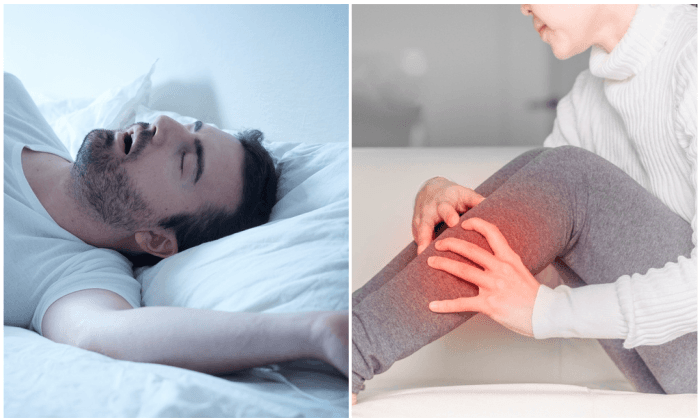When it’s time to hit the sack, you turn out the lights and get set to catch some Zs, but what position do you assume before you snooze? Are you on your back, side, stomach, or curled up with an extra pillow? Normally, you might consider it just a personal preference and think little of it; however, it can have a significant impact on your quality of sleep. What position you sleep in can be linked to problems like snoring, back pain, and how often you wake up in the middle of the night due to breathing difficulties.
We have searched high and low for different ways to improve your sleep by changing your posture. Here are 6 of the most common problems people experience during sleep, and how to fix them:






